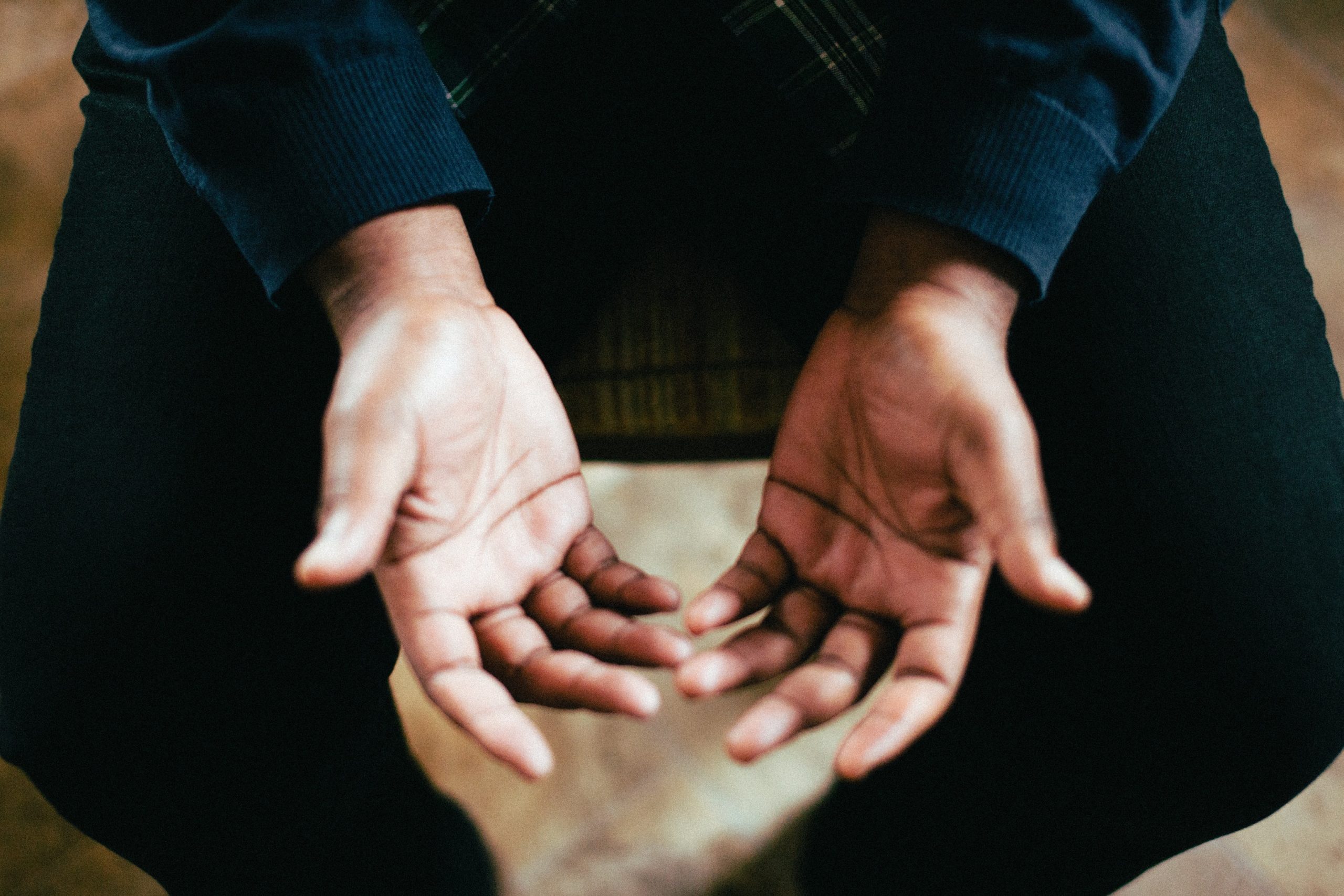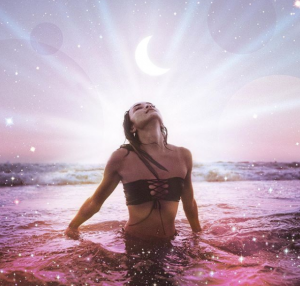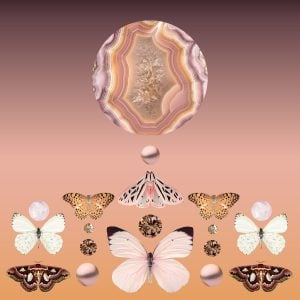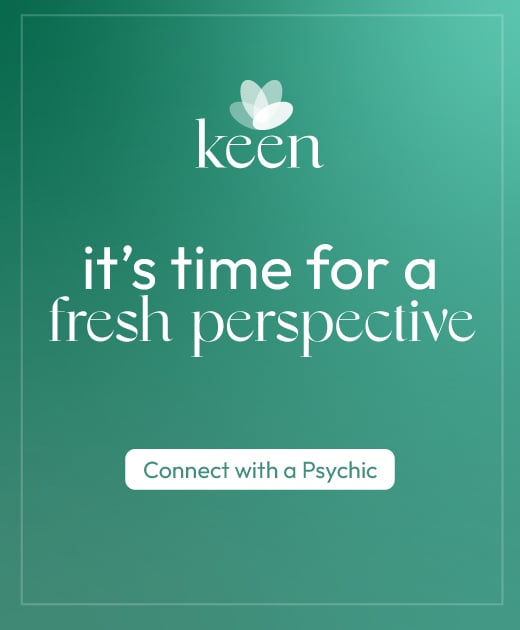A Quick Lesson in the Healing Art of Reiki

What Is Reiki, Anyway?
Picture it: you’re catching up with a friend, and you notice that they seem a bit more cheerful and relaxed than usual. When you point out their bubbly demeanor, instead of citing a life-changing yoga class or a recent spa trip—or just a really good night’s sleep—they excitedly respond, “I’ve been doing Reiki sessions, you HAVE to try it!” To which your response may be, “What exactly is Reiki?”
The International Center for Reiki Training defines Reiki as a Japanese technique that reduces stress and promotes relaxation and healing. The word itself is a combination of two Japanese terms that translate to “God’s wisdom” and “life force energy.”
Healing Through Reiki
In addition to the broader definition, Terry Dulin, Reiki Master and owner of the Midwest Center for Reiki Advancement, defines Reiki as a spiritual path. Dulin says people who have mastered the technique can shift energy and remove blockages that hinder one’s life force from flowing, much like a surgeon clearing a clogged artery so that blood can circulate through the body.
“What a Reiki practitioner does is promote healing,” Dulin explains. “When the client is in a relaxed and receptive state, your body ultimately takes over in the healing process.”
Typically, a Reiki practitioner uses their hands to read a person’s physical, mental, or spiritual state, clear out negative energy, and heal. During a session, hands are placed on or over different parts of the client’s body, with certain gemstones occasionally employed in addition to touch. Patients of this practice commonly report feeling a very warm, soothing sensation emitting from the Reiki worker’s hands, even if there’s no direct contact. Sessions typically range anywhere from 30 minutes to several hours in duration.
A Reiki Master’s Journey
Dulin, a second-generation energy worker, was led to this work by way of a fascinating path.
“I grew up in a metaphysical household,” she recalls. “My mother is a professional psychic; she’s a medium and a healer, too. I casually started doing healing work when I was young, around 12 years old. For the most part, I grew up being her assistant.”
Dulin would accompany her mother to paranormal investigations, house clearings, healing sessions, and even exorcisms. In 2002, Dulin’s mother gifted her first official Reiki class. Years later, Dulin found herself guided back to the practice. In 2009 — while she pursued higher level Reiki classes—she was diagnosed with a pituitary tumor.
Throughout those years, she monitored the tumor while utilizing Reiki to induce healing. After nearly five years had passed she underwent another MRI—the tumor was nowhere to be found.
“Outside of monitoring my blood levels, all I was doing was Reiki on myself, and my mother also was doing Reiki on me,” Dulin says. “All of that led me where I am at today — teaching. And I love to teach. My kids call me a Reiki geek.”
Why Seek Out Reiki?
During her time in Southfield, Michigan, where she journeyed to earn her certifications at the International Center for Reiki Training, Dulin met many accomplished teachers, studying for four years to earn her rank as a licensed Reiki Master Teacher in Usui/Holy Fire II and Holy Fire II Karuna Reiki. Now, clients come to her for a wide variety of reasons.
“The reasons clients seek out a session include stress-reduction, healing from specific ailments, and injuries,” Dulin says. “A lot of people come to me for aura cleansings; if they’re feeling that their energy is really heavy or they feel depressed, they can come to me or any Reiki practitioner. We are able to shift, move, and adjust energy to get that life force energy flowing properly.”
Dulin’s Reiki room is similar to a chiropractic office, with the chiropractic bed in the center, but with much more whimsy and color. Dulin welcomes every new client with what’s called an aura clearing to offer a clean energetic slate, similar to wiping a computer of excess files and browser history. It also opens up the chakras. A big part of this process, as Dulin describes, is “letting go of that which does not serve you.” This means that the client must be willing to let go of negative thought patterns, habits, old relationships, and pretty much anything that is hindering their present life.
Rose Fier, a Reiki Master Teacher and owner of Reiki Enerergetix, said Reiki can also increase one’s creativity, release fear, increase energy, improve sleep, soothe digestion, heighten intuition, and offer support for substance abuse recovery.
Animal Instincts
Animals, too, have been known to engage in Reiki, both receiving and offering healing. In fact, Dulin refers to her dog, Abby, as a “Reiki puppy” (said pup is currently undergoing training to become a licensed therapy dog). Kathleen Prasad, president of Animal Reiki Source, has worked Reiki on cats, dogs, horses, sheep, cows, geese, donkeys, chickens, ducks, and many more.
“Animal Reiki is a very powerful way for traumatized or abused animals to let go of their past and step forward, with courage, into a new future,” Prasad says. “I teach once a year at the CARE Foundation in Florida, which is an exotic animal sanctuary. Tigers, lions, bears, monkeys, alligators, a crocodile, snakes (tame and venomous), parrots, and more. They all love Reiki. The crocodile is fairly shy, and hides in the grasses or submerged in the pond of his large enclosure most of the time. But when a Reiki class is going on, he comes to the fence line to engage with students during meditation practice. He’ll often sit absolutely still with his mouth partly open during Animal Reiki time.”
Prasad developed the Let Animals Lead approach during her 20 years of Reiki practice. She was motivated by a wish to work with abused animals who either cannot be touched (e.g., alligators and venomous snakes) while learning from and connecting with them.
“I describe it now as being Reiki with animals, rather than doing Reiki to them,” Prasad explains. “It was this incredible shift within my own heart that made all the difference in being successful with all kinds of special animals in so many situations.”
Who Practices Reiki?
Fier, a practitioner of 13 years, emphasizes that engaging with Reiki is something everyone can do.
“The essence of Reiki helps us develop wellness consciousness, and it also helps us connect deeply to all on an experiential level — to understand what it truly means to be one with all creation,” says Fier. “Reiki is peace, harmony, relaxing, and love. The healing art of Reiki empowers one to achieve balance through the channeling of energy, restoring physical and emotional well-being. Because of this, it is spiritual in nature—but Reiki is not a religion. Reiki can do no harm; it is simply put pure divine love, and is intuitive and innate within all of us.”
When asked where this ability to heal comes from, Reiki practitioners are quick to point out that it is not their “power” they’re using to heal—they are simply channeling energy from God, the Universe, or “source,” the collective harmony and life-power of the Universe.
Seasoned masters like Fier and Dulin have spent a great amount of time and study honing their Reiki, and they have accreditations to prove it. When it comes to choosing a practitioner for your session, you may be surprised at the number of local Reiki workers pop up on your online search. Luckily, sites like the International Center for Reiki Training and the International Association of Reiki Professionals can help find and verify certified masters.
Going Mainstream
Whether disseminated through media or from word-of-mouth, Reiki seems slated to become as ubiquitous as Pilates or tai chi.
“I believe that Reiki’s increasing popularity is due, first, to the fact that it really works,” Fier says. “We are living in a time in which humanity is beginning to understand that we are energy, that we are one, and healing arts amplify this message. People are tired of just surviving—they want to thrive. And if they are choosing to activate that belief, many are calling Reiki to themselves.”
Image by Jeremy Yap via Unsplash
Need some life advice? Speak to a Spiritual Advisor now. Your first 3 minutes are FREE.



